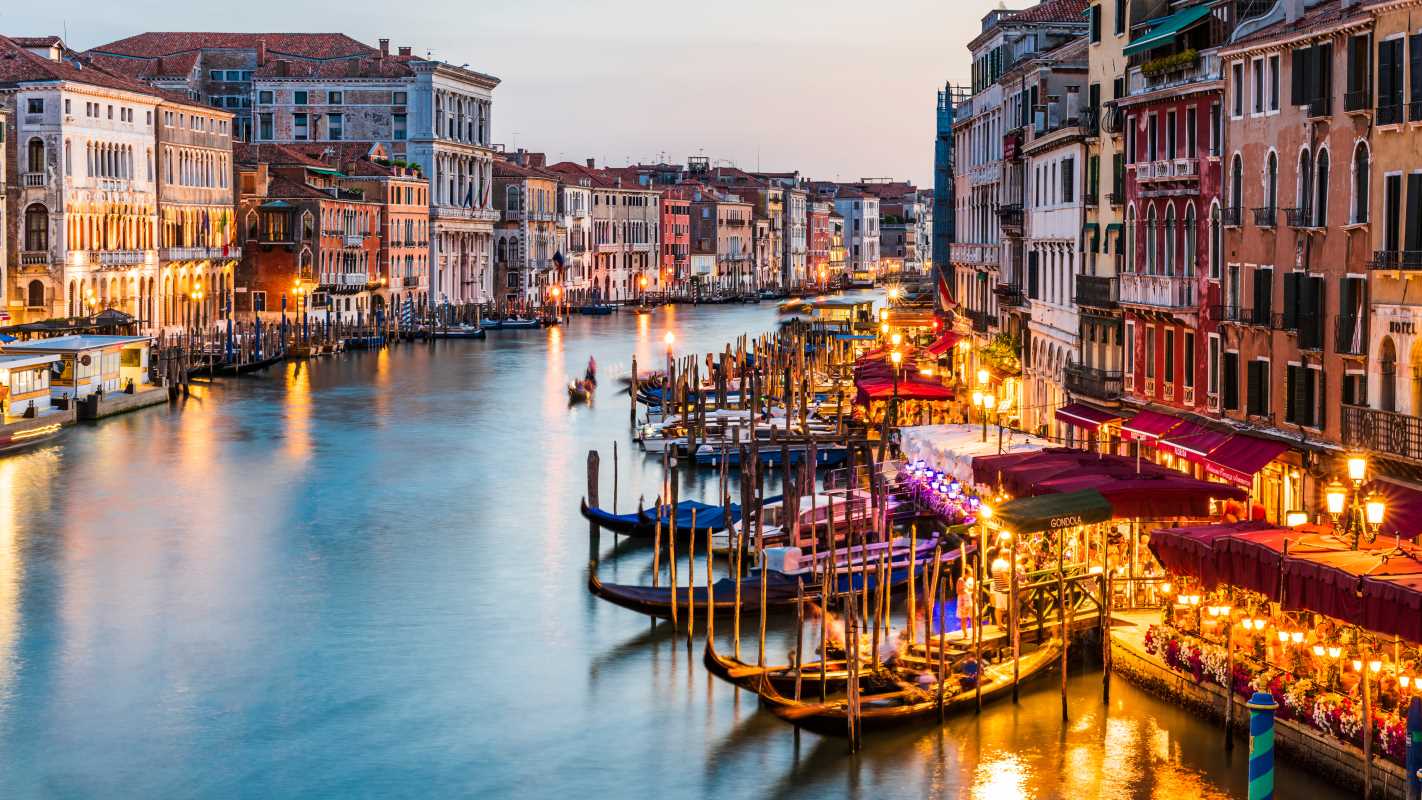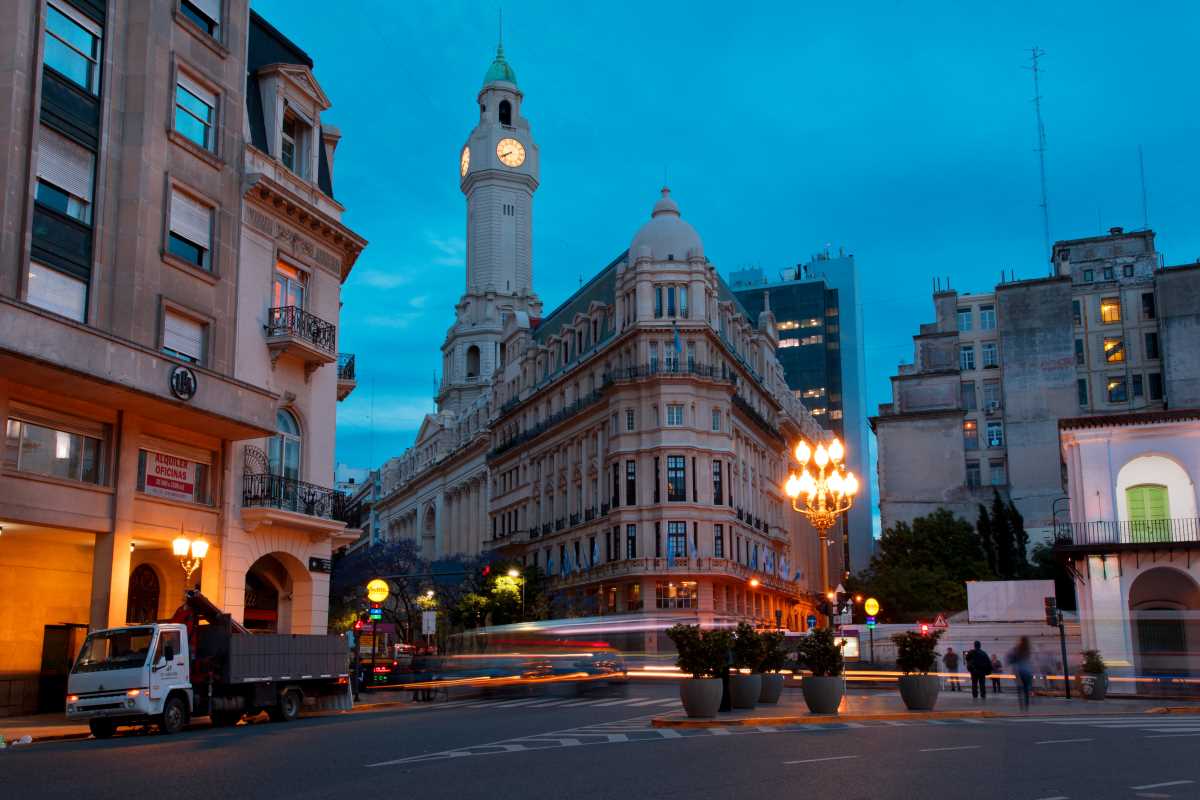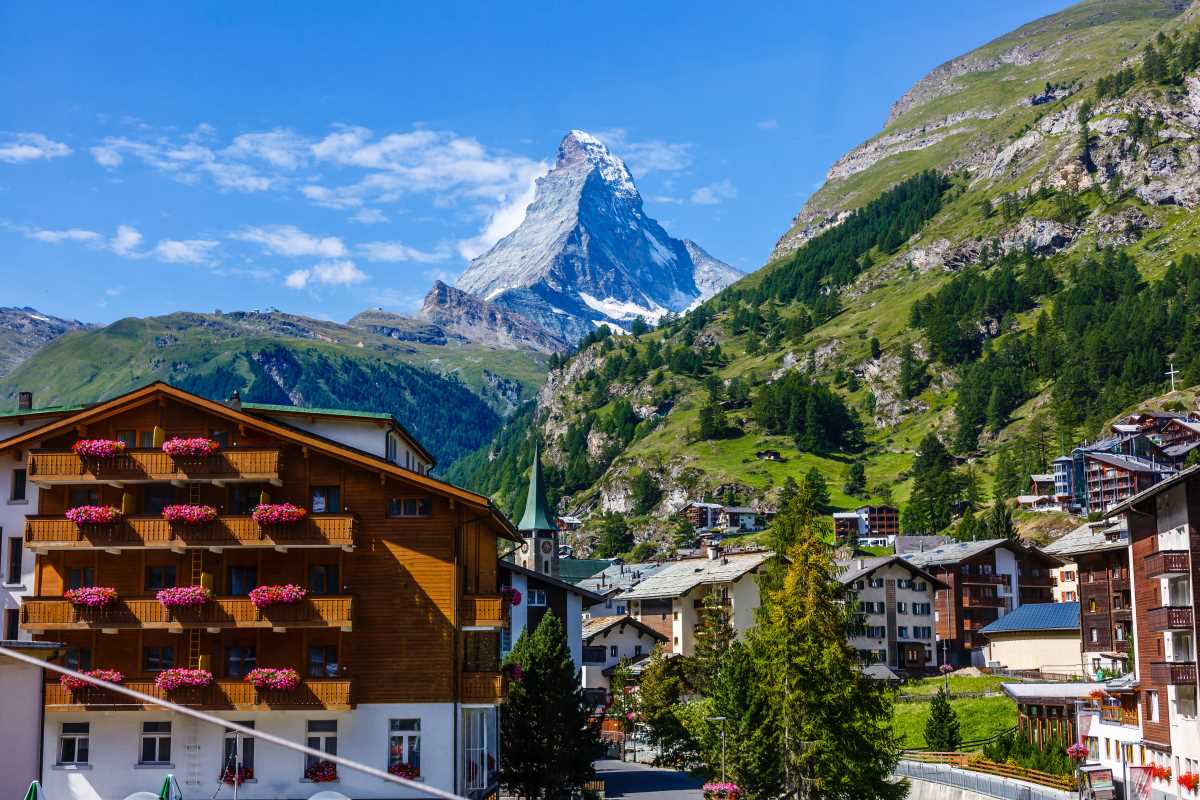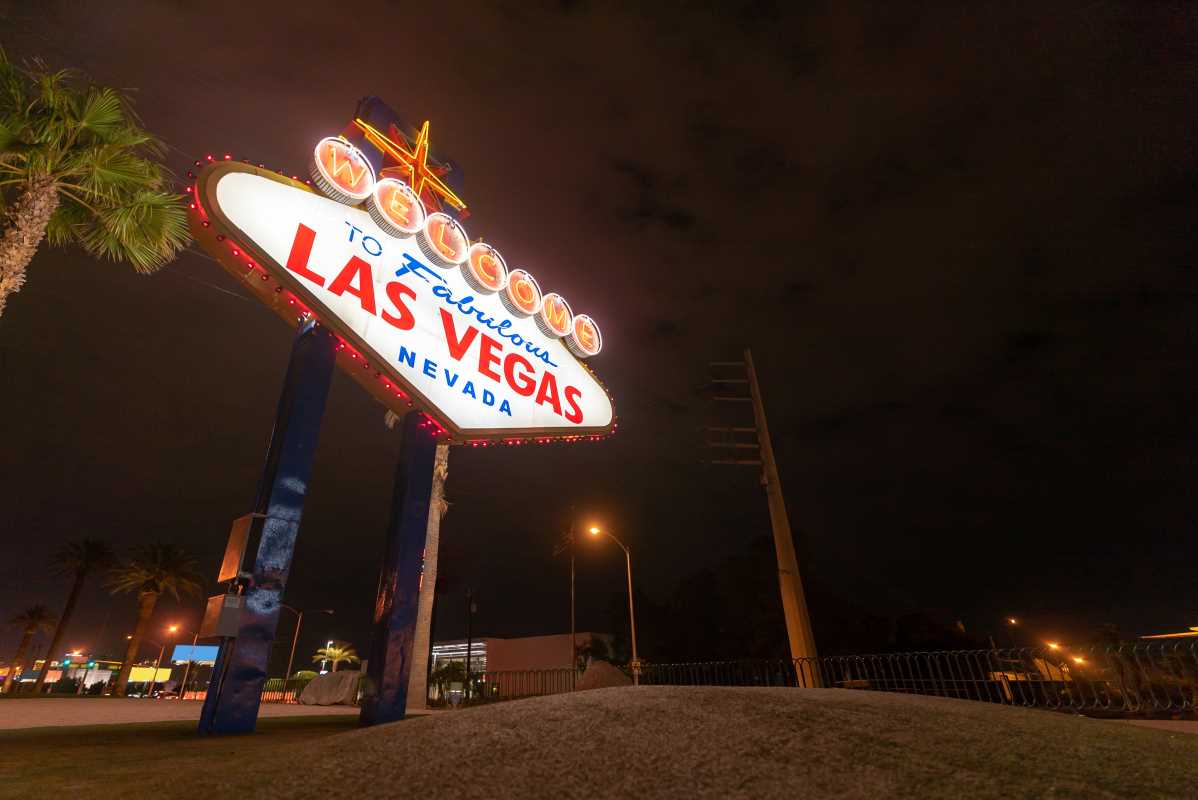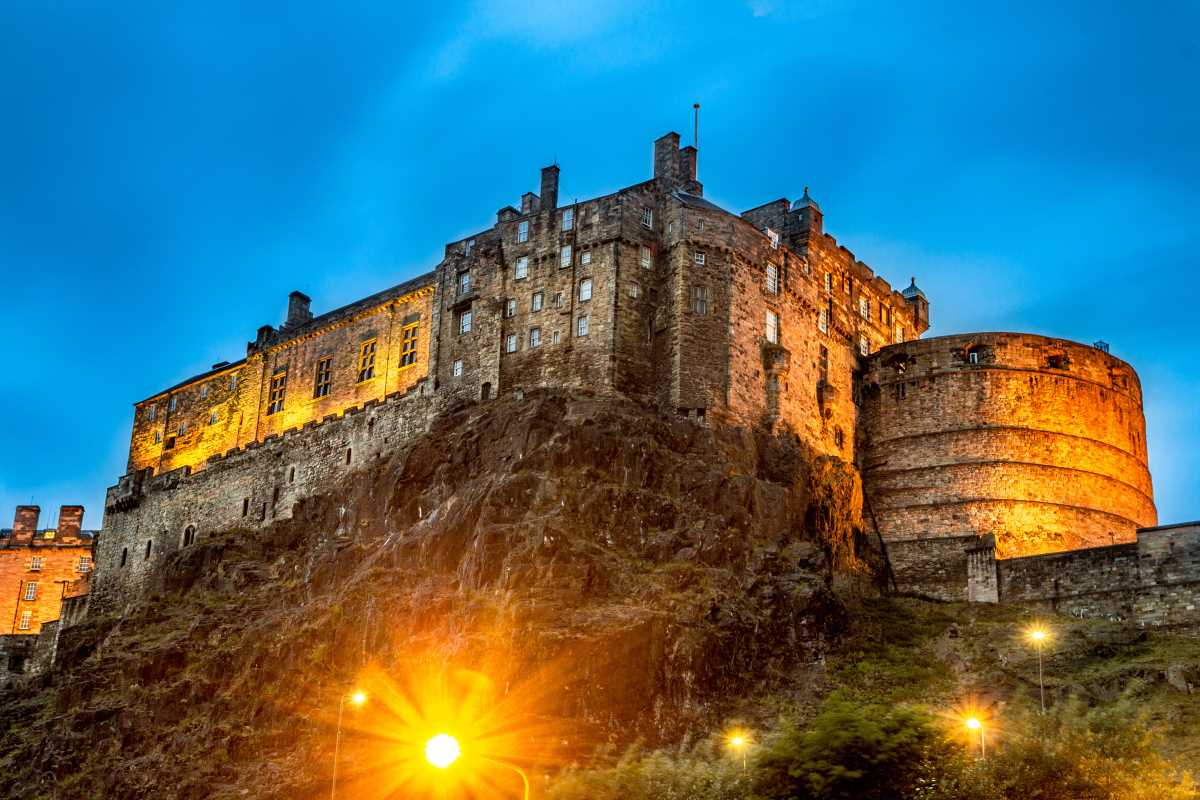Rome wasn't built in a day, and you can feel that epic history in every cobblestone under your feet. This is a city where ancient ruins stand beside bustling piazzas and every corner reveals another layer of a story thousands of years in the making. Walking through Rome is like traveling through time, following the footsteps of emperors, artists, and citizens who shaped the world.
Get ready to explore the heart of the ancient world and follow along the pathways of emperors and gladiators, from the monumental Colosseum to the hallowed halls of the Pantheon. We have all the tips you need to plan your walking adventure, find the best gelato, and experience the magic of the Eternal City.
Your Walking Route Through Roman History
This itinerary is designed as a continuous journey, but you can easily break it into parts. Put on your most comfortable shoes and prepare to be amazed.
The Roman Forum & Palatine Hill: The Heart of the Empire
Your journey begins in the very epicenter of ancient Rome. The Roman Forum was the bustling hub of public life, filled with temples, basilicas, and vibrant public spaces. Adjacent to it, Palatine Hill was the city's most exclusive neighborhood, where emperors built their sprawling palaces.
- Historical Context: For over a millennium, this area was the center of Roman political, commercial, and judicial life. Imagine senators debating in the Curia or triumphant generals parading along the Via Sacra.
- Must-See Details: Don't miss the Arch of Titus, the House of Augustus on Palatine Hill, and the incredible views of the Forum from the top of the hill.
- Ticket Tip: Book a combined ticket for the Forum, Palatine Hill, and Colosseum online in advance. This allows you to select a timed entry for the Colosseum and visit the Forum and Palatine Hill within 24 hours.
The Colosseum: The Arena of Spectacle
A short walk from the Forum stands the most iconic symbol of imperial Rome: the Colosseum. This massive amphitheater could hold over 50,000 spectators who came to watch gladiator contests, animal hunts, and public executions.
- Historical Context: Completed in 80 AD, the Colosseum was an engineering marvel and the site of brutal, elaborate games for nearly four centuries.
- Golden Hour Photo: For a stunning photo, stand on the hill at Via Nicola Salvi before sunset. You can capture the Colosseum as it glows in the warm light.
- Transit Note: The "Colosseo" Metro station (Line B) drops you right in front of the monument.
Via dei Fori Imperiali & Capitoline Hill: A Path of Emperors
Stroll down the Via dei Fori Imperiali, the grand avenue built by Mussolini that runs past the forums of emperors like Trajan and Augustus. At the end, climb the gentle steps of the Cordonata to Capitoline Hill, designed by Michelangelo and home to the Capitoline Museums.
- Must-See Details: At the top of Capitoline Hill, walk to the back of the central piazza for an absolutely breathtaking panoramic view over the Roman Forum. It's one of the best free views in the city.
- Nearby Treat: Right off the piazza, you'll find plenty of small cafes. It's the perfect spot to rest your feet with a cappuccino.
Teatro di Marcello to the Jewish Ghetto: Layers of History
Walk down from Capitoline Hill toward the Teatro di Marcello, a massive ancient theater that looks like a mini-Colosseum. From there, wander into the adjacent Jewish Ghetto, one of Rome's most atmospheric and historically significant neighborhoods.
- Historical Context: The Jewish Ghetto was established in 1555 and is one of the oldest in the world. Today, it’s a vibrant area with a unique blend of Roman and Jewish culture.
- Trattoria Stop: This neighborhood is famous for its cuisine. Try the carciofi alla giudia (Jewish-style fried artichokes) at a local trattoria like Nonna Betta.
The Pantheon: A Feat of Ancient Engineering
A walk through Rome's charming backstreets will lead you to the Pantheon. As you step inside, look up at the oculus—the famous opening in the dome. This architectural masterpiece, completed by Emperor Hadrian, has stood for nearly 2,000 years and remains the world's largest unreinforced concrete dome.
- Must-See Detail: If it’s raining, stand directly under the oculus to watch the rain fall inside the building and disappear into the ancient drainage system in the floor.
- Ticket Tip: As of 2023, a ticket is required for entry. You can buy it on-site or online. Weekends are busy, so plan accordingly.
Piazza Navona: The Grandeur of Baroque Rome
From the Pantheon, it’s a short walk to Piazza Navona, one of Rome’s most spectacular public squares. The piazza is famous for its three magnificent fountains, especially Bernini’s Fountain of the Four Rivers at its center.
- Historical Context: The piazza's long, oval shape comes from the fact that it was built on the site of the ancient Stadium of Domitian.
- Gelato Stop: After admiring the fountains, treat yourself to a scoop from GROM or one of the other excellent gelaterias nearby.
The Appian Way: The Queen of Roads
For a final, unforgettable experience, venture outside the city center to the Appian Way (Via Appia Antica). This ancient Roman road was a crucial artery for the military and trade. Today, it's a beautiful regional park lined with ancient tombs, catacombs, and towering pine trees.
- Getting There: Take a bus from the city center. On Sundays, a large portion of the road is closed to traffic, making it perfect for a peaceful walk or bike ride.
- What to Do: Rent a bicycle near the park entrance to cover more ground. Explore the Catacombs of St. Callixtus or simply enjoy the unique, tranquil atmosphere.
Sample 2-Day Ancient Rome Itinerary
- Day 1: The Imperial Core. Dedicate your morning to the Colosseum, Roman Forum, and Palatine Hill (book a ticket in advance!). In the afternoon, walk up Capitoline Hill for the views, then explore the Teatro di Marcello and the Jewish Ghetto, where you should stay for dinner.
- Day 2: Piazzas and Masterpieces. Start your day at the Pantheon, then walk to Piazza Navona for a coffee. In the afternoon, head out to the Appian Way for a memorable walk or bike ride through history. End your day with gelato near the Pantheon.
Practical Tips for Your Roman Adventure
- Safety: Be mindful of pickpockets, especially in crowded areas like the Colosseum and on public transport. Keep your valuables secure and out of sight.
- Accessibility: Rome's cobblestones and hills can be challenging for those with mobility issues. The Forum is partially accessible, but many ancient sites have uneven terrain. Public transport, like buses, can be a good alternative to long walks.
- Public Transit: Rome’s Metro is useful for covering long distances, but the heart of ancient Rome is best explored on foot. Buy tickets at any "Tabacchi" shop or metro station.
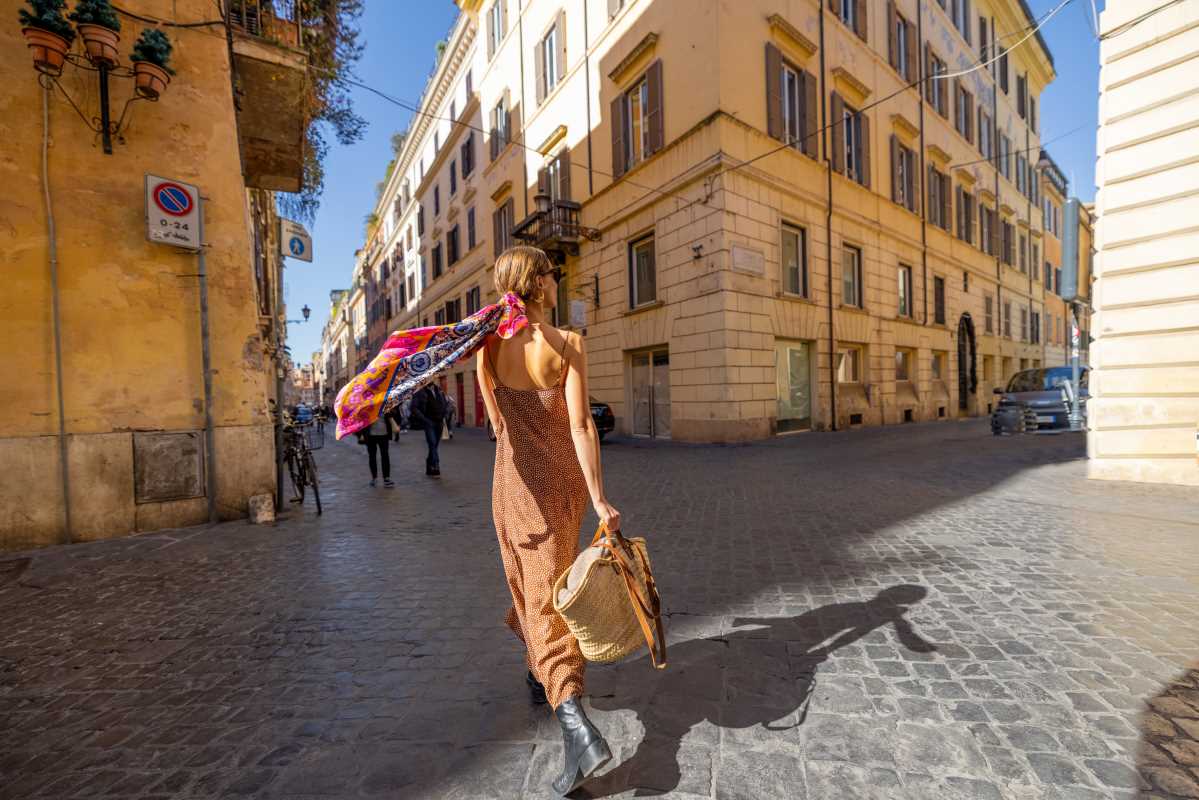 (Image via
(Image via

